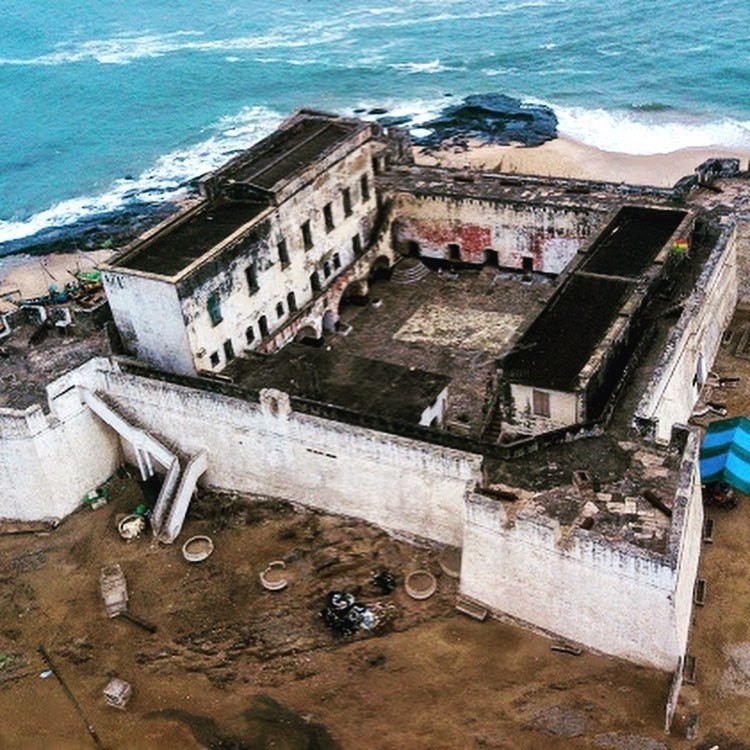Akatekyi Crocodile Pond: A Place...
September 29, 2025
Construction and Historical Background
In 1753, the British Parliament allocated substantial funds for the establishment of a trading fort in Anomabu. Completed by 1757, Fort William was strategically built on an eroded shelf of hard rock near a sheltered anchorage and sandy beach indentation. The fort aimed to serve as a stronghold for British interests in the region. Prior to Fort William, the English had constructed a small fort named Fort Charles in 1674, dedicated to King Charles II. In 1731, to prevent the fort from falling into the hands of their European rivals, the French, and the English demolished Fort Charles. However, the French rebuilt a fort on the same site, prompting the English to swiftly construct Fort William, regretting the loss of their previous establishment.
Naming and Features
Fort William is believed to have been named after King William IV in the 19th century, possibly by Commander Brodie Cruickshank. The fort boasted exceptional construction, primarily utilizing local materials. It was regarded as one of the most splendidly designed and well-built forts along the coast. Notably, Fort William stood out for having a large prison specifically designed to hold enslaved individuals awaiting transportation overseas.

Slave Trade and Fort William
Anomabu was a hub for the transatlantic slave trade, and Fort William played a significant role in this brutal commerce. In 1717, an English captain reported that between January 1702 and August 1708, over 30,141 enslaved individuals were transported from Anomabu to Barbados and Jamaica alone. The fort's prison served as a haunting reminder of this dark chapter in history.
Conflicts and Siege
Despite its formidable defences, Fort William faced numerous challenges throughout its existence. In 1794, the fort endured an attack by the French, despite its superior stock of cannons. However, the most notable siege occurred on June 15, 1806, when the Asante forces besieged Fort William. The fort eventually capitulated, succumbing to the Asante's military prowess.

Transformation and Present-Day Significance
Over the years, Fort William underwent various transformations. It served as a rest house and a post office before being repurposed as a state prison, a role it fulfilled until 2001. Today, the fort has been given a new lease of life as a community library, serving the town of Anomabu.
Fort William stands as a testament to the historical significance of Anomabu and its connection to the transatlantic slave trade. From its construction in the 18th century to its transformation into a community library, the fort has witnessed a multitude of events that have shaped local and global history. Visiting Fort William allows us to reflect upon its tumultuous past and the enduring legacy it leaves behind.
September 29, 2025
September 29, 2025
September 26, 2025
September 18, 2025
September 18, 2025
September 4, 2025
September 3, 2025
August 28, 2025
August 19, 2025
August 8, 2025